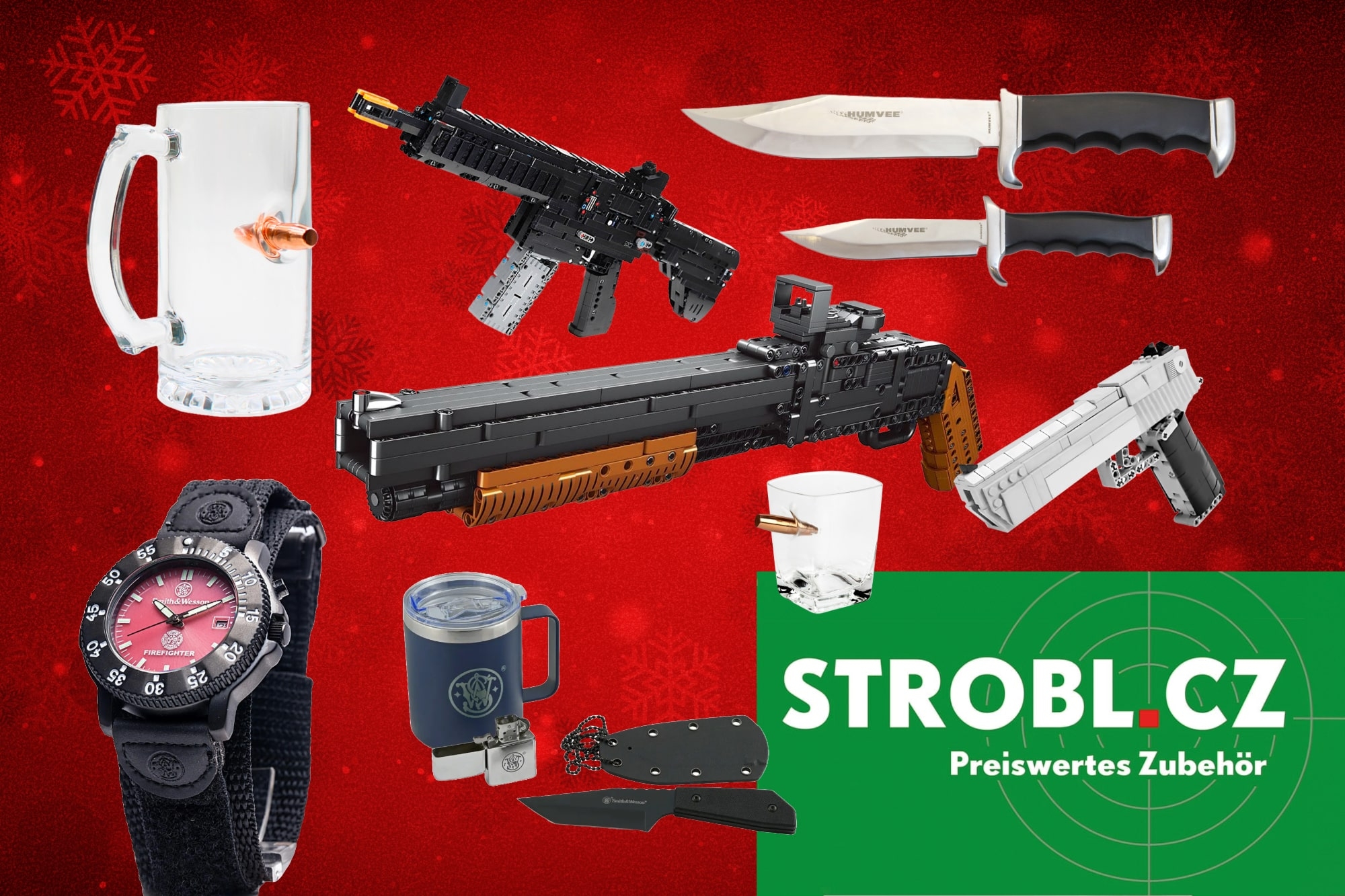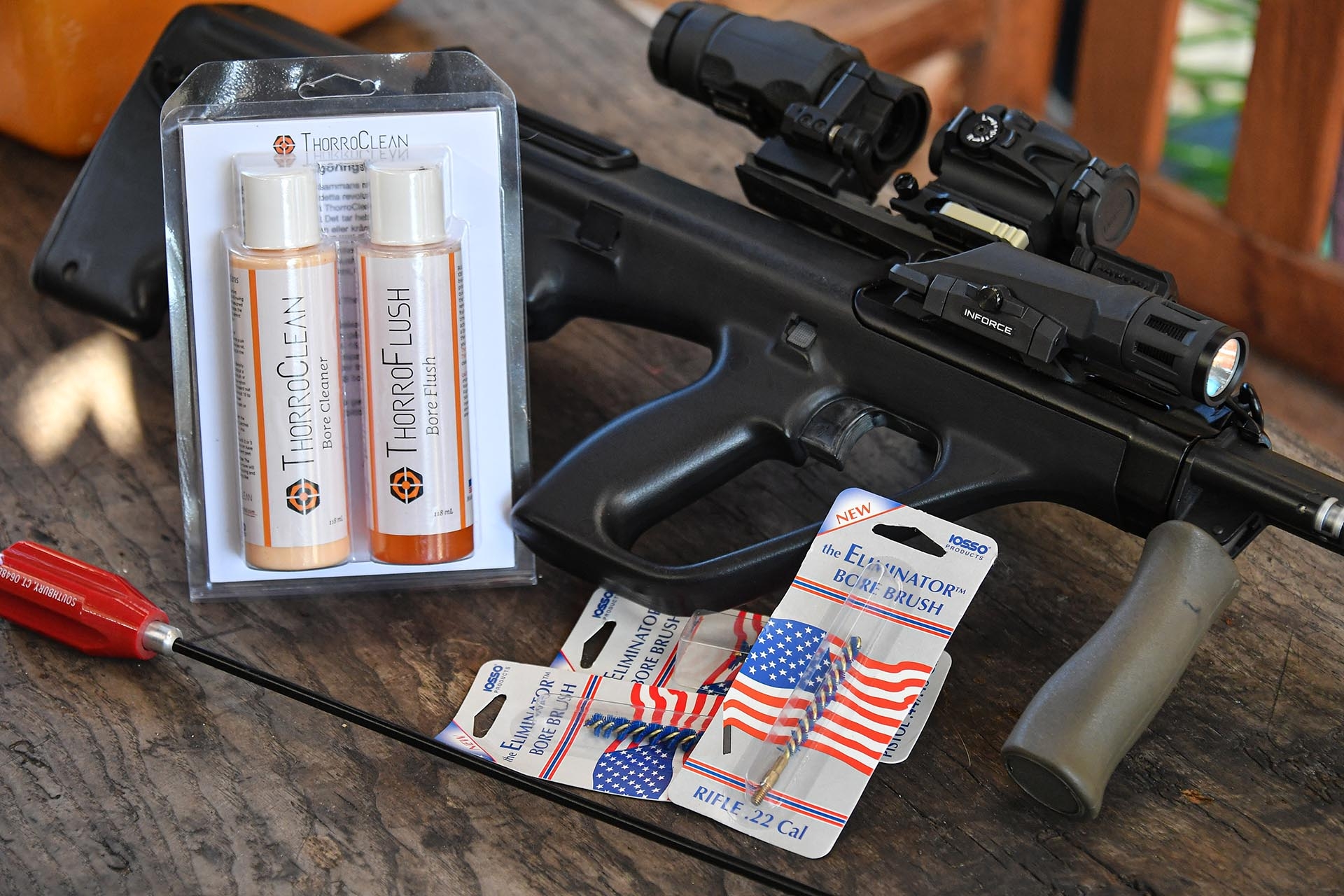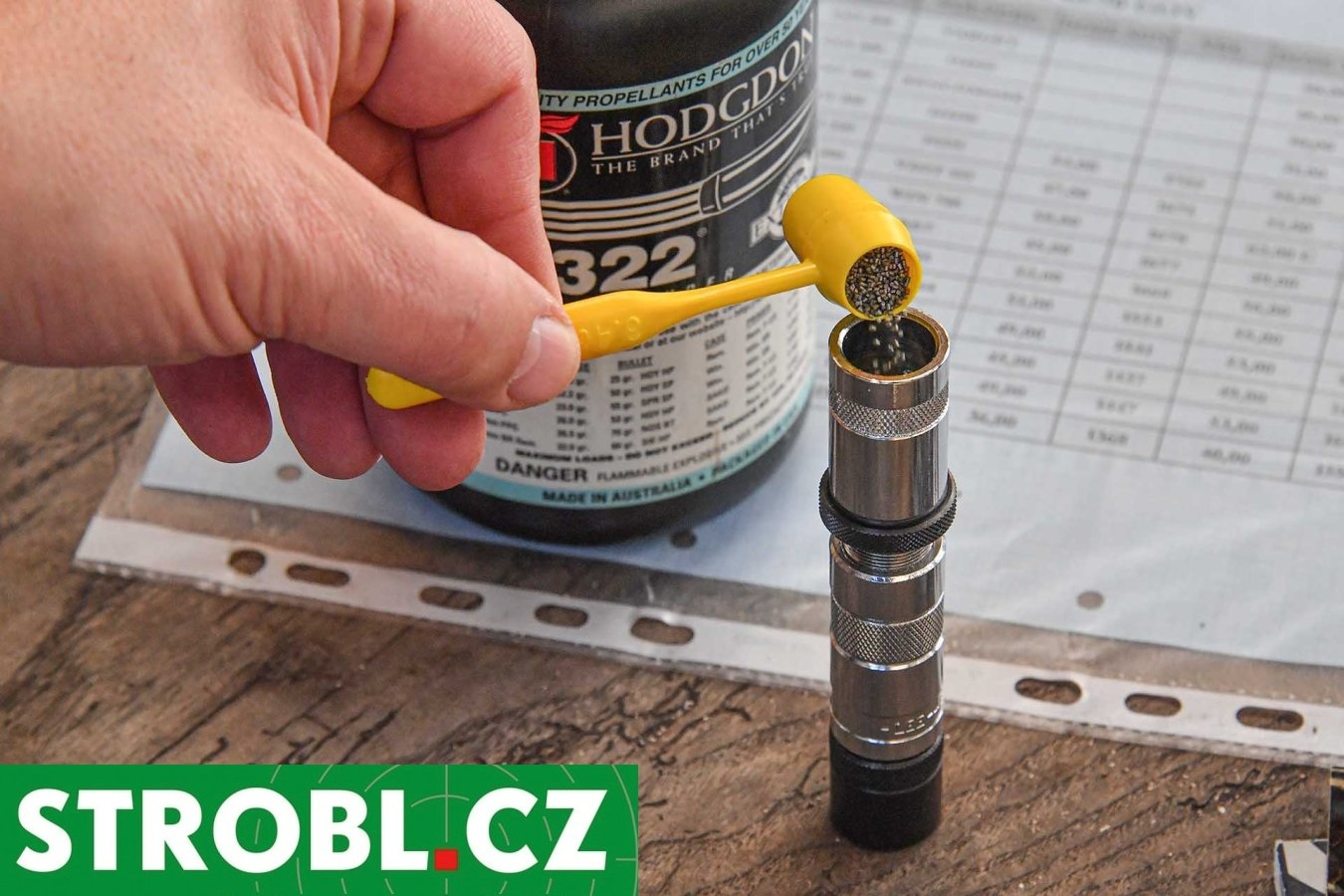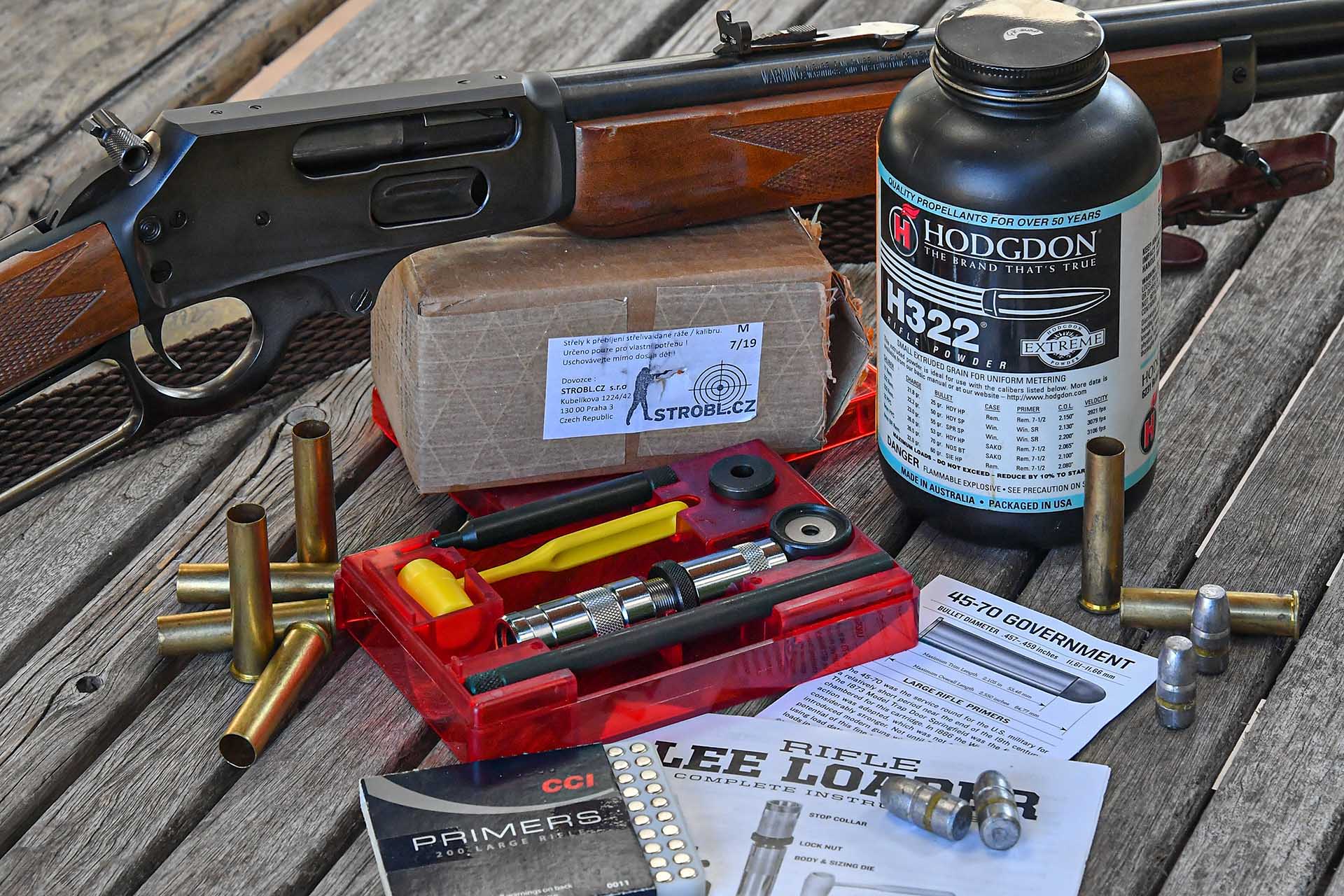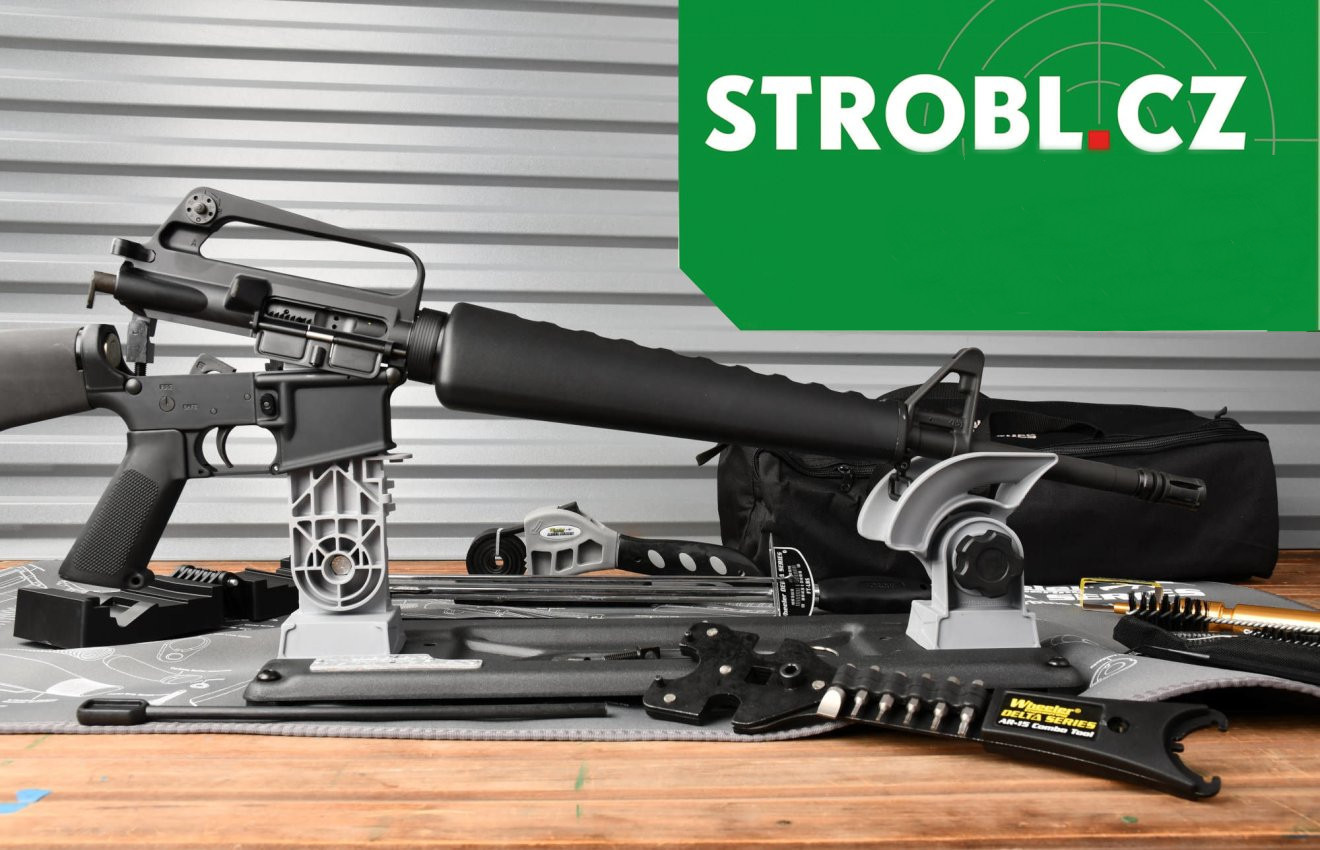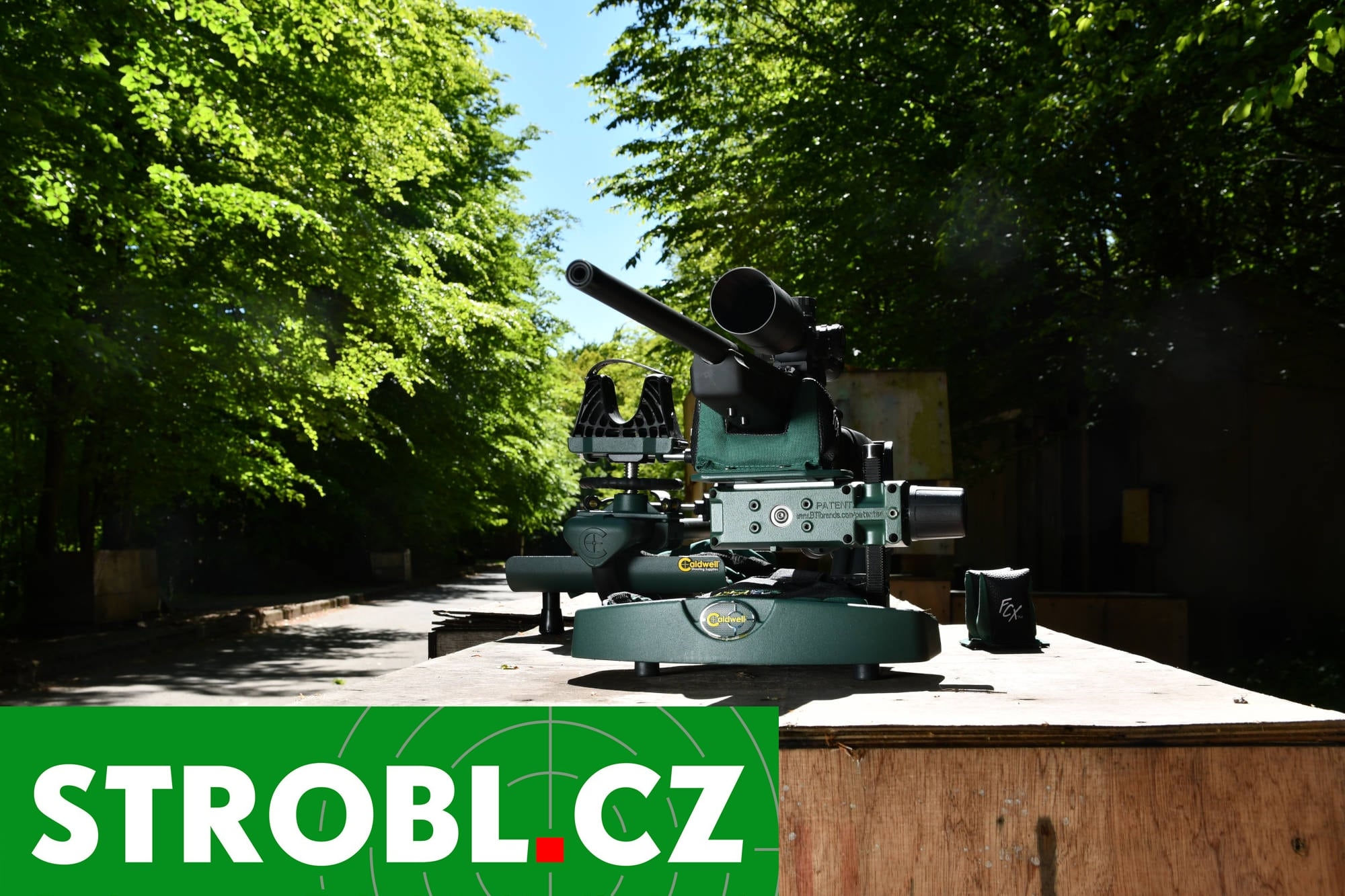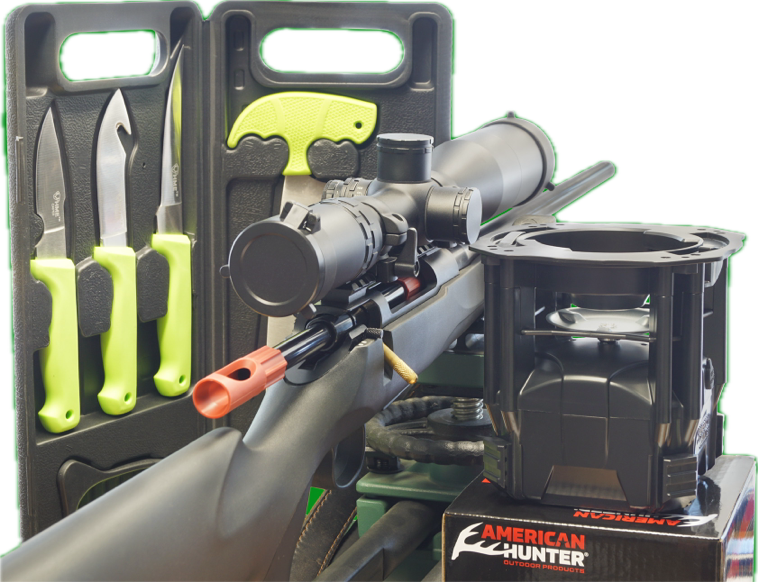Sturdy and portable devices for supporting long guns when aiming and shooting are also becoming increasingly popular among hunters. Even if many a traditionalist or purist still swears by their own stalking stick cut from a hazelnut bush, such aiming sticks are no longer state of the art. Since the beginning of the 21st century, height-adjustable one- and two-legged aiming sticks equipped with special clamping heads have increasingly replaced the classic stalking sticks. The stable tripods, which have their origins in the tactical-military sector and are also popular for PRS (Precision Rifle Shooting), the dynamic variant of long-range shooting, thanks to their flexible application options have been increasingly finding their way into international and local hunting grounds. The BOG shooting tripods from the USA are certainly among the most popular models. BOG is a brand of Battenfeld Industries Inc., which operates under the umbrella of American Outdoor Brands Corporation. This manufacturer of hunting and shooting accessories also includes brands such as Caldwell, Wheeler, Tipton and Frankford Arsenal. All brands whose products the Czech online retailer STROBL.CZ also has in its catalog. STROBL.CZ provided us with the two BOG tripods on loan for the following test.
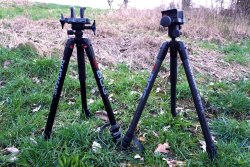
These are the entry-level model, the BOG DeathGrip Precision Tripod, which is available from the Czechs as the "DeathGrip Clamping Tripod" for 235.80 euros, and the current flagship model from BOG, the DeathGrip Infinite Tripod CF with carbon fiber legs, which is listed at STROBL.CZ for 550.55 euros.
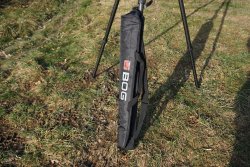
Both models are supplied in cardboard packaging. However, the DeathGrip Infinite CF also includes another box with a practical carrying bag made from a very robust and weather-resistant PU-coated polyester fabric. In addition to two wide – and therefore comfortable – handles, the bag also has a shoulder strap attached to sturdy eyelets. The BOG Tripod Carry Bag also fits all other DeathGrip models and can therefore also be purchased separately and used for the Precision Tripod if desired. The black bag printed with a BOG logo currently costs 37.84 euros at STROBL.CZ.
Technical details of the BOG DeathGrip Precision and Infinite CF Tripod shooting tripods from the STROBL.CZ range
The aluminum tubes of the telescopic legs of the DeathGrip Precision model are locked in place with sturdy cam locks. At the lower end there are generously dimensioned rubber feet with grooved grip, which in turn conceal sturdy stainless steel spikes. The rubber feet sit on screw threads and release the spikes when they are turned clockwise in the direction of the telescopic tubes. On the DeathGrip Infinite CF, on the other hand, the telescopic tubes made of carbon fiber are fixed in place by means of rubber-reinforced twist locks. The carbon fiber version of the tripod also has rubber feet, but these cannot be screwed in or out. As a result, the stainless steel spikes, which are also present here, have to be adjusted in a different way. This requires a flat-blade screwdriver to unscrew the spikes completely from the base of the telescopic tube in order to screw them back in by hand, rotated by 180°, i.e. with the tip pointing outwards. This is a little more complicated than with the aluminum tripod, but the reversed spikes are about three times as long as the fixed spikes, which is a particular advantage on soft surfaces. To prevent the legs from spreading during transport, both tripods have a rubber retention strap.
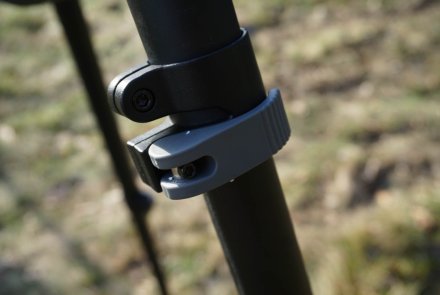
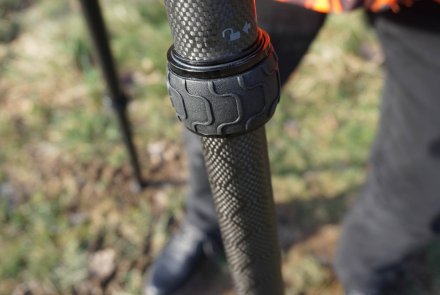
The three legs of the DeathGrip tripods can each be folded out to the specified angles of 85°, 45° and 20°. Adjustment is made by means of pins running at right angles to the top telescopic tube in the hinge area. The selected angle can be read off thanks to a viewing window. For exact horizontal alignment of the tripod head, both versions have a circular spirit level, which is attached to the side of the hub between two legs. With the telescopic legs fully retracted and the 85° setting, the base of the clamping head is around 23 cm above the ground on the aluminum version and around 5 cm higher on the carbon version. However, these two minimum heights allow a shooter to use both tripods in the prone position. The situation is similar with the 45° setting – also with fully retracted telescopic legs. In this case, the clamp is then around 56 cm or just under 61 cm above the ground, which should be a good starting point for setting up the tripod for the kneeling position. With the legs fully extended and the 20° lock, the height of the clamping head is then a good 152 cm for the aluminum version and only around 1.5 cm less for the Infinite CF. As the degree setting information on the angle pin is the maximum possible spread angle in the respective setting, lower angles are of course possible on all legs independently of each other, depending on the terrain conditions. However, you should not bring the legs too close together for the sake of stability. Both tripods have an anti-slip coating on one of the upper telescopic tubes, which provides the support hand with a very good grip even when wet. The aluminum version is made of sponge rubber and the carbon version is made of profiled solid rubber. The outer diameters of the corresponding telescopic tubes are identical except for a few hundredths of a millimetre and are around 35.4 mm for the upper tube, 31.8 mm for the middle tube and 28.2 mm for the lower tube.
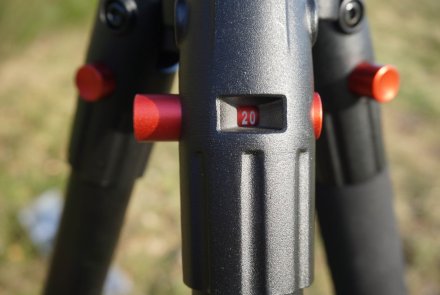
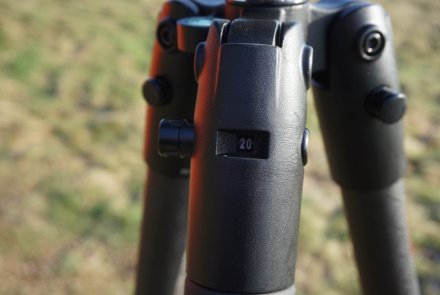
Apart from the knobs shape and type, there is hardly any difference between the actual clamping heads. However, there is a major difference in the way the respective clamp is connected to the tripod mount. The cheaper aluminum version of the DeathGrip Tripod only has a tilting clamp connected to a vertical axis of rotation. This combination allows the clamped gun to be rotated 360° on the tripod and tilted forwards or backwards by up to 25° if required. On the higher-priced carbon fiber model, the clamping head sits on a ball head and can therefore be rotated through 360°, but also tilted by a maximum of 180°. On both tripods, the resistance that has to be overcome to turn and tilt can be adjusted steplessly and individually using the knobs. Another feature of the current flagship version of the DeathGrip Tripod is an Arca-Swiss-compatible interface, which is also used to connect the clamp to the ball head. As BOG supplies an additional Arca rail with an integrated ¼-inch standard tripod adapter with the DeathGrip Infinte CF, this offers two further options. On the one hand, guns with an Arca rail can be mounted directly on the ball head, i.e. without the clamp, and on the other hand, the firearm can be removed together with the clamp if required and the tripod can also be used for a photo or video camera or for a thermal imaging device that accepts a 1/4-20 threaded post using the enclosed rail.
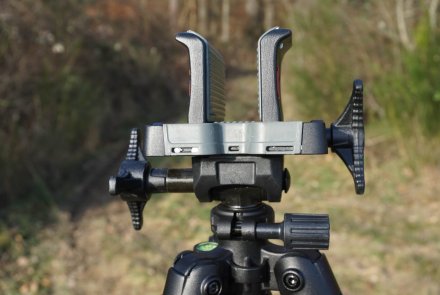
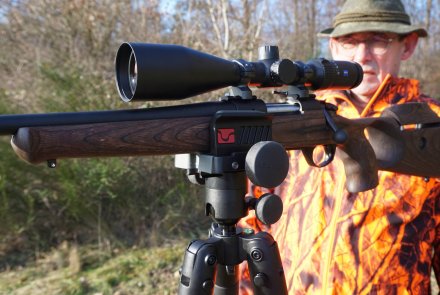
The aluminum version weighs around 3,850 g, while the carbon version weighs just 2,925 g, which is almost a kilo less. Unlike the inherently heavier aluminum construction, the Infinite CF has a hook on the underside of the ball head hub, on which the tripod can be additionally weighted down with a maximum weight of 25 lb, i.e. just under 11.4 kg. Hunter can use their rucksacks for this if required.
The all4hunters.com test verdict on the BOG DeathGrip Infinte CF and Precision shooting tripods from the STROBL.CZ range
In our test, both shooting stands offered the gun a secure support. We shot with a Bergara B14 (left-hand version) B&H Prohunter Flex in .308 Winchester from B&H Waffenhandel. As already mentioned, the clamping devices of the two tripods hardly differed from each other. In both versions, the gun could be fixed in a stable and non-slip position so that the wooden surface of the stock was not damaged. The rifle can be adjusted in the DeathGrip Precision using the corresponding knobs on the hinge joint and the pivot axis so that the gun remained in the position in which it was released when tilted and rotated. This also worked with the knobs on the ball head of the DeathGrip Infinite CF. When setting up and dismantling the tripod, we found the twist-lock rings on the carbon model a little more user-friendly than the clamping levers on the aluminum version. Of course, the lighter carbon tripod scored points above all when it had to be quickly moved to another location with the rifle, even if it was only a few metres away. This is a scenario that is particularly common on driven hunts, when you are positioned somewhere on the edge of the forest with a view and shooting opportunities over open fields and meadows in order to get a better shooting position on wide-open game.
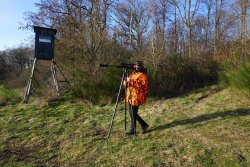
When transporting the tripod across the terrain, the reduction in weight is even more noticeable. However, it is not only the lower weight, but also the greater tilt range of the ball joint on the DeathGrip Infinite CF that proves to be an advantage, especially in hilly or alpine terrain. Ultimately, it is a question of how much weight the hunter wants to carry around in addition to the gear. If you want to use the tripod primarily in extensive hunting grounds or steeper terrain, you should not shy away from the higher price and invest around 550 euros in the lighter BOG DeathGrip Infinite CF Tripod. If you generally only have short distances to travel or want to use the tripod primarily at the shooting range, you can also opt for the cheaper DeathGrip Precision model for just under €240.
If you don't have enough choice with the two models tested here, you should take a closer look at and compare the other DeathGrip Tripods in the online shop at STROBL.CZ, which are priced between the entry-level and flagship models.
Further information about STROBL.CZ and the online retailer's product range can be found on its English-language shop website.



